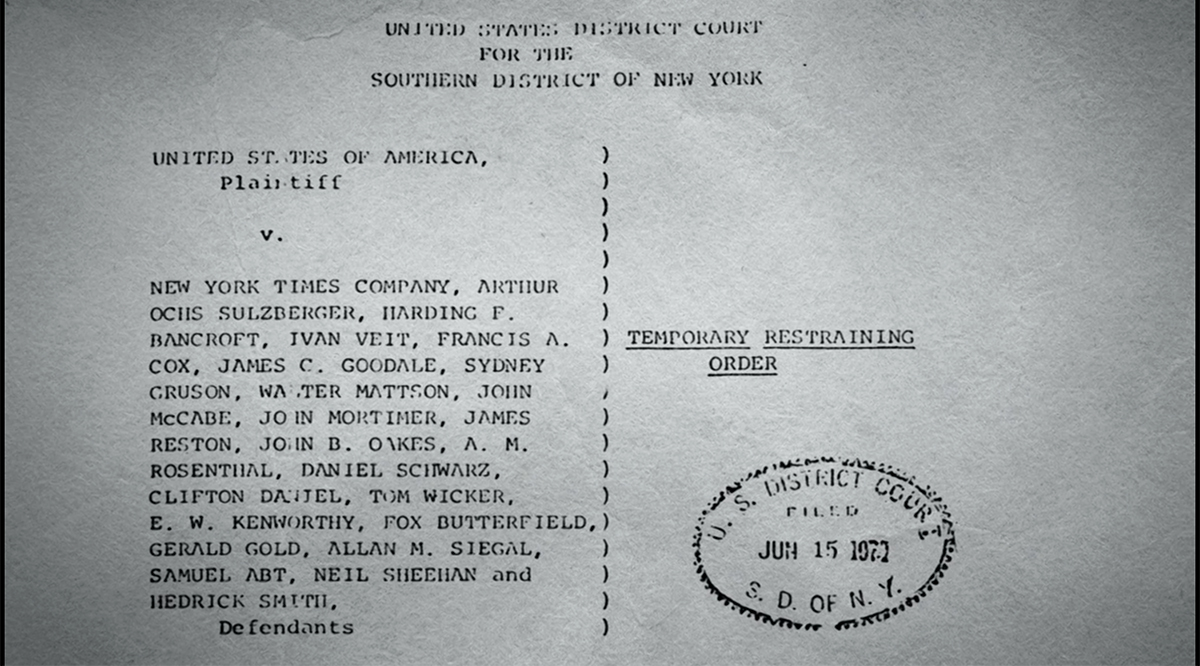Who has not marveled at a skyscraper rising into the night? They seem to bring down the heavens and organize its stars. These stars often read out encouraging messages or solicit funds for charity. Two workers in offices on the thirtieth floor leave their lights on, four in the floor above them, six in the floor above them, and so on down the line, and the result is a ribbon appearing on the side of the building, as a reminder to the late night worker: “May is Cancer Awareness Month”.
Nothing besides the ocean is more capable of stilling a city person – it reminds us of our minor position, which is something we need, given as we are to placing our desires and feelings at the center of everything. We look up at it and say to ourselves, “I will never be as tall or as put together as those sheets of glass.” The bright boxes are temp workers filling in for Christian humility. They sway dangerously in the wind – but the engineers have anticipated this problem with new kinds of flexible foundations. Every building is no less a miracle for having been calculated. Each stands as the achievement of man’s earliest and most powerful dreams.
During the daytime, everything is different – the boxes fit us into the narrow roles that run contrary to our true universality; they make it such that Man the rightful plural becomes man the accountant, man the sub-accountant, man the secretary, man the number cruncher, man the telephone, man the stapler, man the three-whole-punch… and of course there is the corner office man, coaxing and cooing half of the time, shouting the other half, just to make sure that man the stapler remembers his place, and that man the telephone knows she cannot groan about it, at least not while on the phone. These boxes drive us into therapy boxes and make us buy protest merchandise, which rails against work while being paid for and used at work. (But remember weary worker – that this purchase animates bigger, stricter boxes of persons who must shape your protest product, fire it in a kiln, paint it with carcinogens, and sleep in a cage just to have the privilege to do so!) Very occasionally, you will see eggs thrown at the side of tall buildings – there is nothing less effective and more poetic to do in an American city.
The border between humility and powerlessness is there in the sand, but the crashing waves of daily life obscure the boundary constantly. The destruction of tall buildings is a response to powerlessness, which comes only when enough of them are built, when enough wealth is smuggled from foreign lands, melted down, built up, and organized into boxes. Put another way: All the world’s treasures have come to these building somehow, and in this process it is not only our secretaries who get robbed of a decent way of life. It can come as no surprise, but it is terrible anyway, when someone wishes to tear down our skyscrapers.
Everyone said it was like the movies until they saw well dressed people leaping from windows. Now there is a hole in the earth where the building stood; when you look in, you cannot see to the bottom of it. It is a black square extending into the earth, the opposite of the Haj. But we know this story.
We also know how a spirit of brotherly love swept through the country and how our people, given to standoffishness on all other occasions, waved to each other in the street. Then America seemed a communal feeling rather than a compulsory abstraction.
In sight of the spiritual advantages and disadvantages of modern skyscrapers, and in sight of the spiritual advantages and disadvantages of their destruction we propose the following: the yearly construction and then conscious destruction of skyscrapers in every American city. This pattern of activity would lend balance and purpose to American life. What we now lack – intention, belief in our activity, community, fellowship, religion within the bounds of reason, decent living conditions – could all be brought back by this simple, and, so far as things go in this cash-rich nation, cheap solution. It is the combination of everything that is worthwhile from the old world with everything that is worthwhile in the new.
We envision the following: a yearly architectural competition, followed by construction, and then a chanting, singing and fully conscious attack on the great gifts to the world.
Rendered dreams are mailed in from around the world; there are designs of spirals, lipstick cases, rivers, birds, and all the other elemental, godless here-today-gone-tomorrow things which consume our attention. We immortalize a dream for a few years, with something that looks like a phallus no matter what it is supposed to represent, and then we tear it down.
The skyscrapers should be built as quickly as possible. Their construction should employ ½ of the city’s poor, their destruction should employ the other ½, who will man hundreds of wrecking balls and remotely operated planes. What each half is to do during times of unemployment is none of our business.
The offices are to be filled with new jobs, designing and marketing new products, new dreams, and new ways of managing human life. Sciences we have never dreamed of will be born inside of the great buildings. The research departments will exist just as long as it takes for them to become discredited – it goes without saying that it will be impossible to believe in anything for long. In no time at all, bastard lay-about artists, bastard lay about critical philosophers, whose laziness stinks like a foul pit, and more importantly the employees themselves will dismiss the building and its contents as so much gas; mood barometers, placed nearby the water-coolers, should indicate how many days are left before people choose to throw themselves from the windows.
At the end of this period of diminishing returns, we will invite the entire region to gather around the building to watch its destruction; the workers will stand nearby, waving banners from their bankrupt corporations, and then they will light them on fire. Around these bonfires, people will sing and dance to the company’s advertisement songs in an ironic spirit. The building’s top brass will empty out as a chain gang, forced to sing its advertisement songs earnestly. Discredited motivational speakers will stand at the front and exile themselves into nearby forests, where they can shout about the importance of intention to frogs, for all we care.
The CEOS will also be exiled for a short time – but they will have to return later, transformed by a false education, in which all of their previous ideas are re-confirmed in the language of ancient religions.
But for now the jubilee. The lowliest secretary gets to lead the procession, she gets to know what it is like to be the big man. She sings and pushes people around; she lays them off, she tells them about where she’d like to stick their inspiration and synergy. She forces the boss to play digital solitaire for a year. She wears a golden crown.
Then the wrecking-balls; the cage of every machine has a horn-players on top. They swing away at the base of the building, as if hacking at a tree, while the remotely operated planes crash into the top of the structure. Everything will be done in the safest way but the destruction will be total.
And millions will be there, though there is no way they will all be able to get up close to the action. Enormous televisions will show them the falling building. And then these televisions will be destroyed as well, in order to free us for a moment from that which enslaves us. Everyone will sing and embrace. There will be work for a while, a little dancing, a little comfort, some wine and forgetting. The heat from the fire will warm the hearts of men and a new building competition will have already begun.




